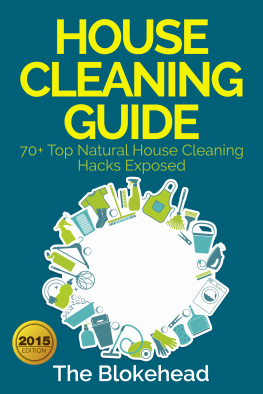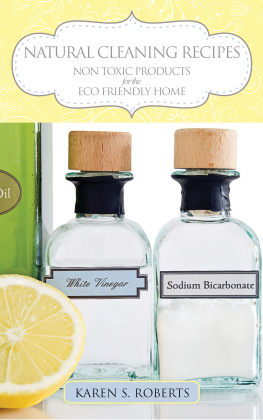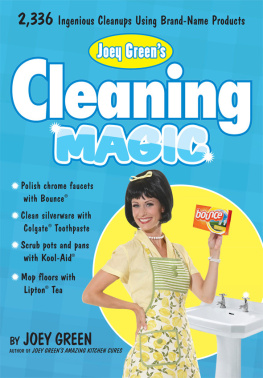ACKNOWLEDGMENTS
Warmest thanks to the Newgate Education Center for welcoming me and ace photographer Jerry Lee into their facility to perform and photograph the projects for this book. Newgate provides auto body, paint, and mechanics training to young people and adults in need of marketable skills. The center is funded by donated vehicles, which students repair and paint as needed. Donors receive a tax deduction and repaired vehicles are either auctioned off or re-donated to needy recipients.
Special thanks to Gary, Don, and Dennis for their help, enthusiasm, and expertise. Check out Newgate Education Center online at www.newgateschool.org or in person at 2900 East Hennepin Avenue, Minneapolis, MN 55413, phone 612-378-0177.

ABOUT THE AUTHOR
Kris Palmer has pondered and tinkered with cars since he was a wee lad and has written about them for over a decade for the Minneapolis Star Tribune. He is the author of Dream Garages, The Fast and the Furious: The Official Car Guide, Survivor: The Unrestored Collector Car, and Motorcycle Survivor. His writing also appears in The Cobra in the Barn, The Vincent in the Barn, Motorcycle Dream Garages, The Devil Can Ride, How to Repair Your Car, and How to Repair Your Pickup or SUV. He also practices law and lives in Minneapolis with his wife of 15 years, Jenneane Jansen. He owns a Triumph TR6 (car), an MGB GT, an Audi S4, and a Honda CB1100F.

Something about a dirty engine gives us pause, whether in working on our own car or considering buying a used one. What is all that grease hiding? Can I even touch that engineto check the oil, top up washer fluid, or replace the air filterwithout leaving greasy fingerprints wherever I go afterward?
A clean engine is inviting and, luckily, not difficult to achieve. Just use a spray-on engine cleaner. The best place to do this is at a do-it-yourself car wash where the chemicals will be caught by the facilitys waste-water system. When working with chemicals, wear gloves and safety glasses to protect your eyes and skin.
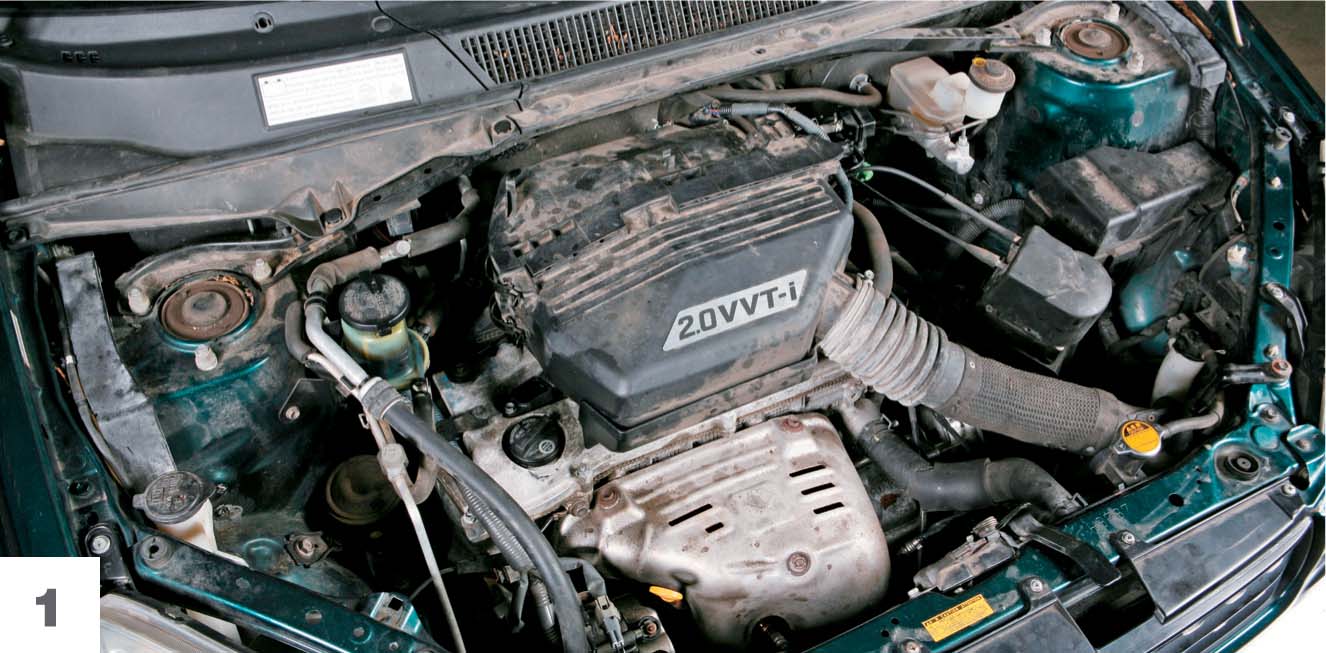
Do you want to work under this hood? Not yet.
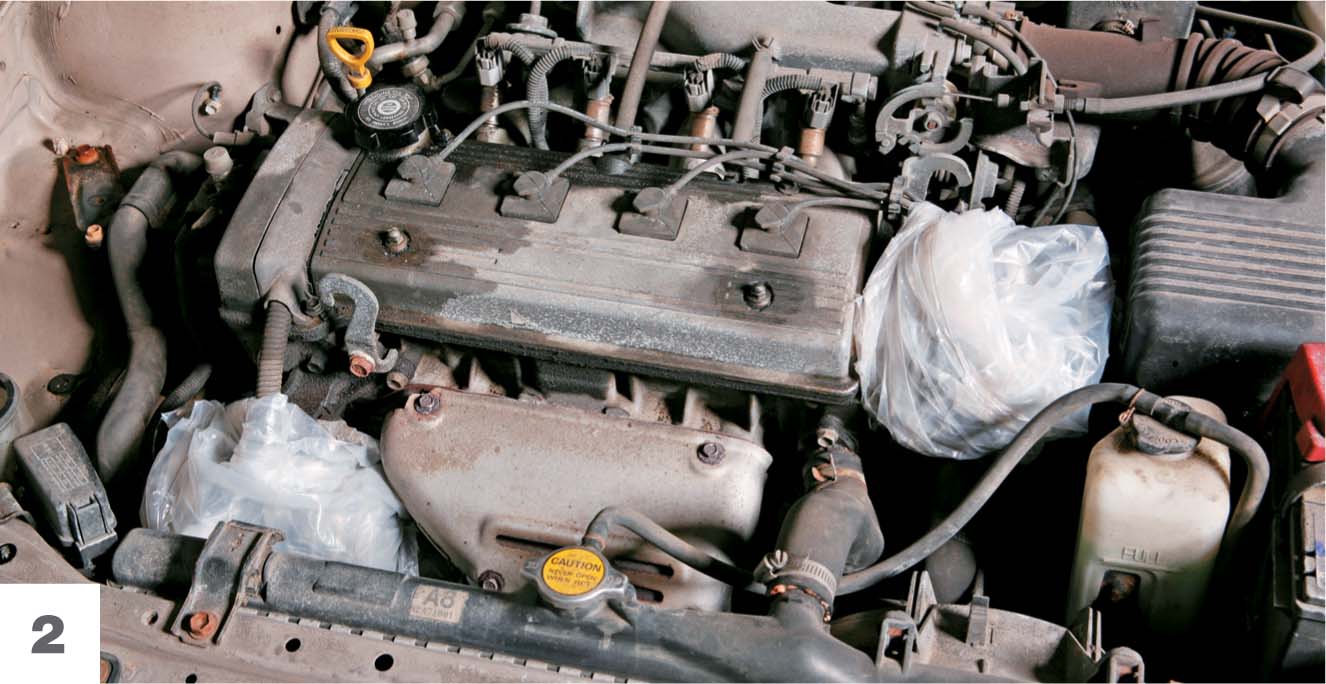
Not every part benefits from liberal application of cleaner or water. The alternator, distributor, and coil-on-plug ignition in this Geo may perform poorly if doused with liquid. One approach is to avoid spraying cleaner or water directly at the components. Another option, as done here, is to cover the alternator and distributor with plastic.

Off-the-shelf engine cleaners include spray foams like this product from Gunk. Read the label first to understand the best method of use. This product, for example, works best starting with a dry, cool engine. Spray it on liberally so it can loosen up accumulated grease.
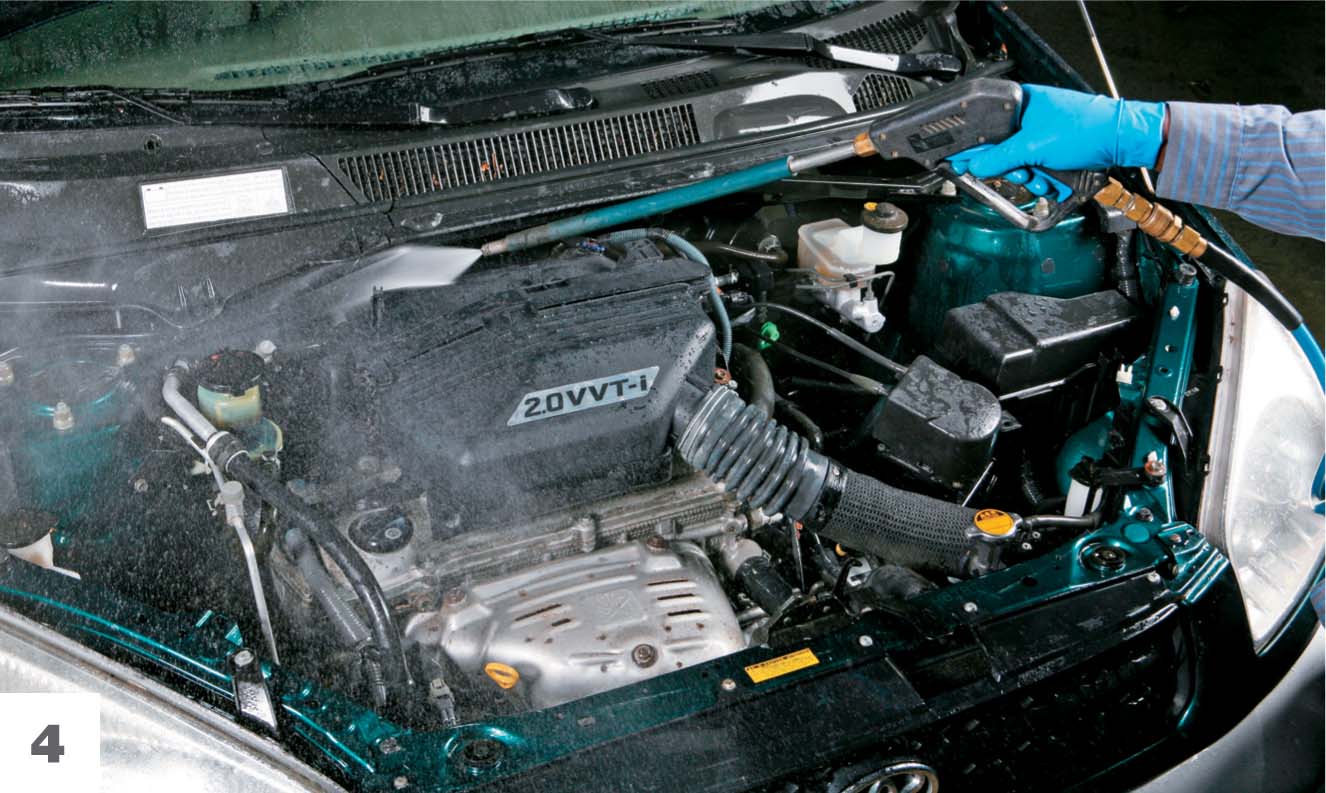
This foam cleaner is a spray-on-rinse-off product. Were using a car-wash-style wand here. Its powerful stream is useful in most areas, though we would not spray it directly into the alternator or at the distributor.
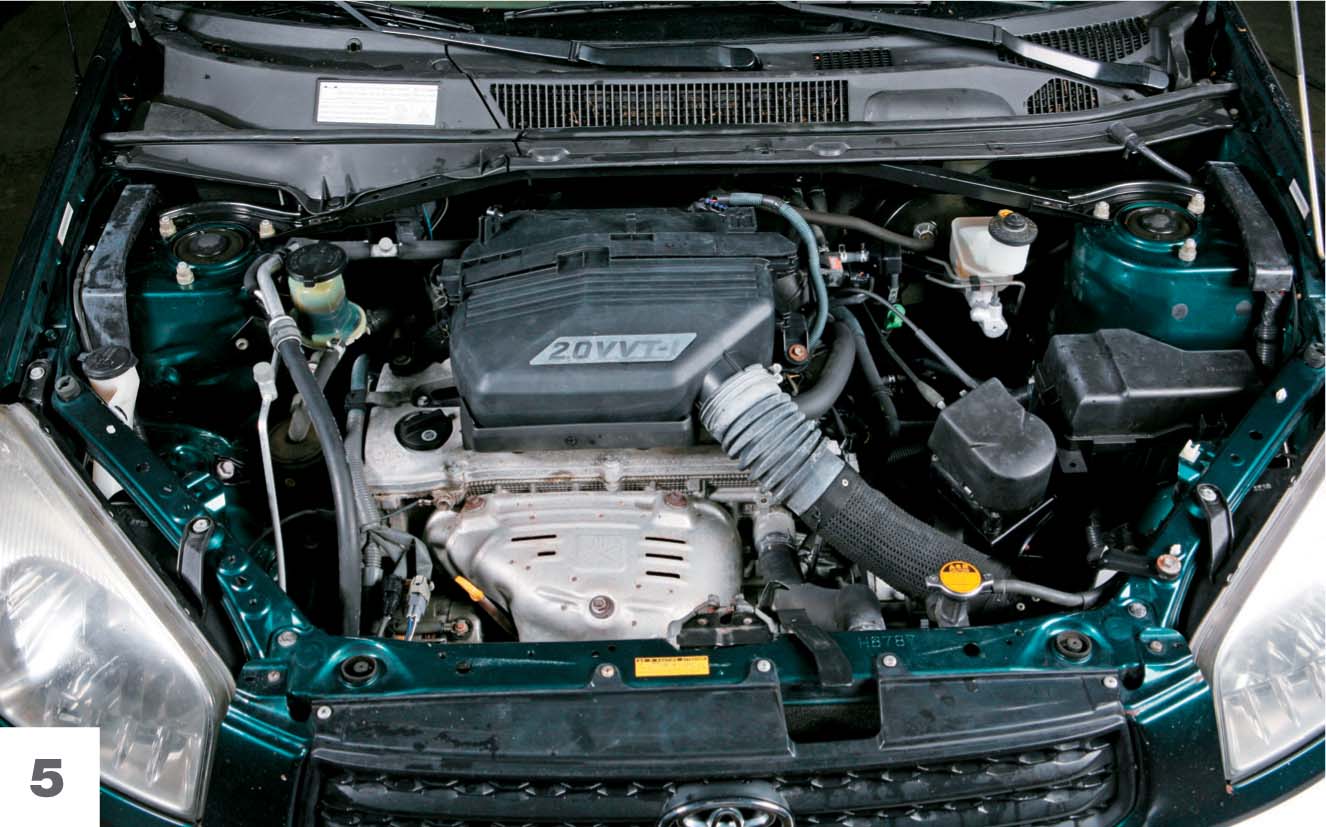
Now the engine doesnt look like something we want to avoid.

Chrome seems to come and go on cars, disappearing when it gets too common and reappearing when the all-color look grows old. Keep in mind when you have a car with chrome that what lies underneath may not be steel. If its a classic cars chrome wheel or bumper, it probably is, but many trim parts, like grilles and badges, have for decades been made of plastic.
Both types may be cleaned and polished, but plastic pieces are not as strong as their metal counterparts and must be approached with care so you dont scratch or break them. Be sure of what youre dealing with before taking anything abrasive to the chrome on your car. For example, with a chromed-steel wheel or bumper, fine steel wool works great for removing light oxidation. Steel wool, even at its finest grade, is risky with chromed plastic, however. Youre better off trying a soft sponge or cloth and a mild cleaner that is labeled to be safe on plastics.
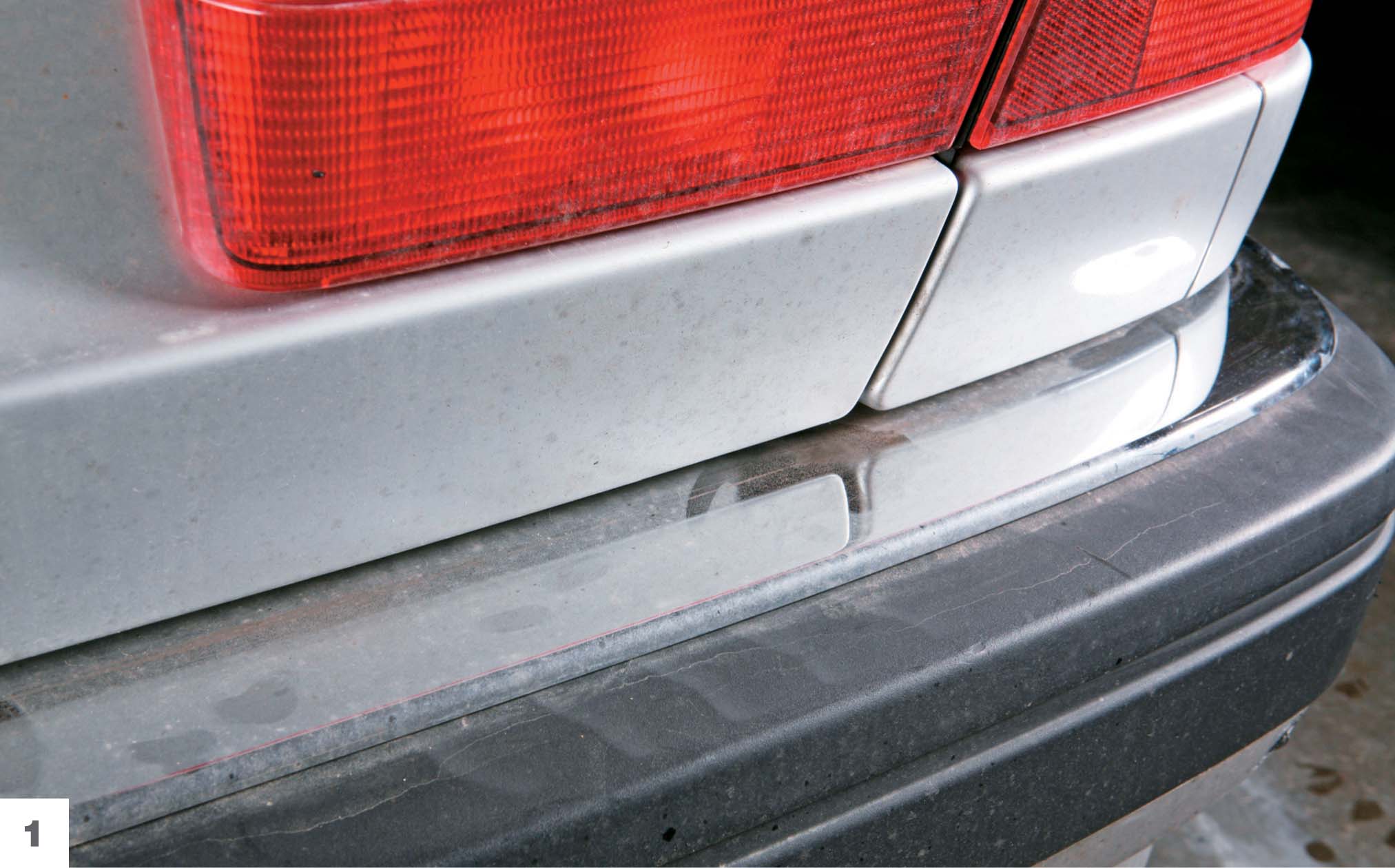
The chrome piece at the rear of this Volvo would surprise many a classic car fan. Despite its location by the bumper, it is a plastic part.

This spray cleaner is a detailing product that is safe with plastic parts. You can find such products at any auto parts store. We sprayed it on liberally to loosen up grime.
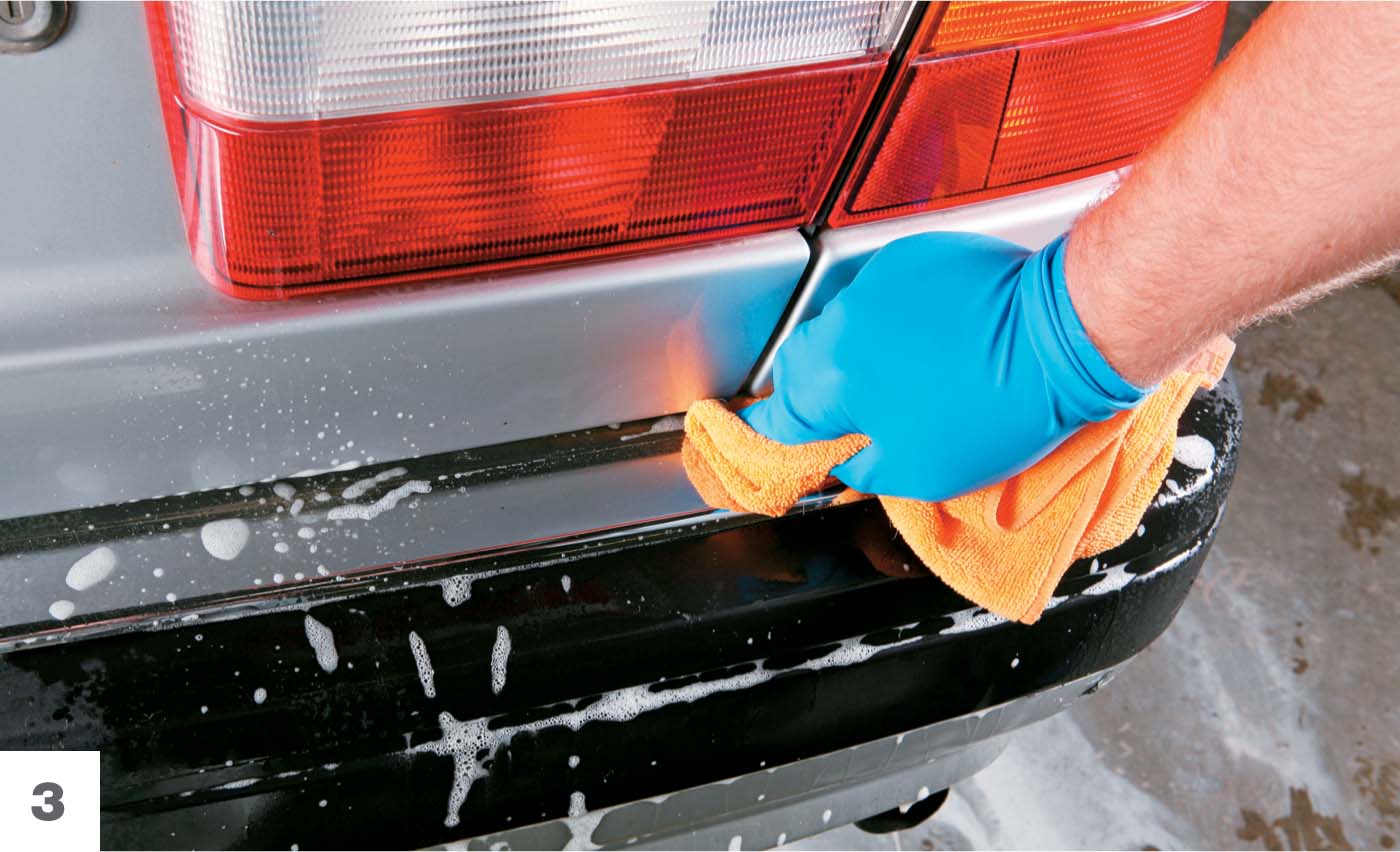
Use a soft rag with the cleaner to wipe away the dirt. If you drop the rag on the ground, get a new one (and wash the dropped one so that grit from the ground doesnt scratch your vehicle).

The part looks a lot better cleaned and polished. It isnt quite show quality, though. The chrome on this plastic is starting to show its age, particularly below the seam beneath the taillight where water has flowed down onto it for many years. If you had a part similar to this and it was too tired to clean up well, you could always prep it with fine sandpaper and paint it a semi-gloss black to match the bumper. (See for an example of fixing a deteriorated plastic coating with paint.)

Most modern headlights utilize a replaceable bulb that shines through a glass or plastic lens. Exposure to the sun and the elements can cause this lens to become hazy and opaque, decreasing headlight efficiency and making the vehicle look prematurely old.
Depending on the vehicle, the housing containing the lens can be expensive, difficult to find, or both. The good news is that the hazy lens can be polished to remove the exterior discoloration and deterioration and be virtually as clear as it was when the car was new. This work can be done by hand with very fine sandpaper and polish, or it can be accomplished with a handheld buffer. Either way, the results are outstanding and well worth the effort. The materials for this project are available at automotive parts and paint supply stores.









